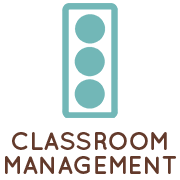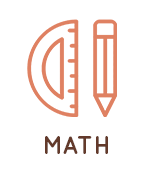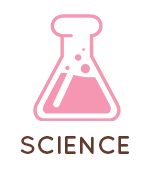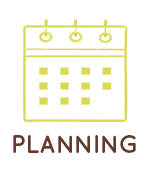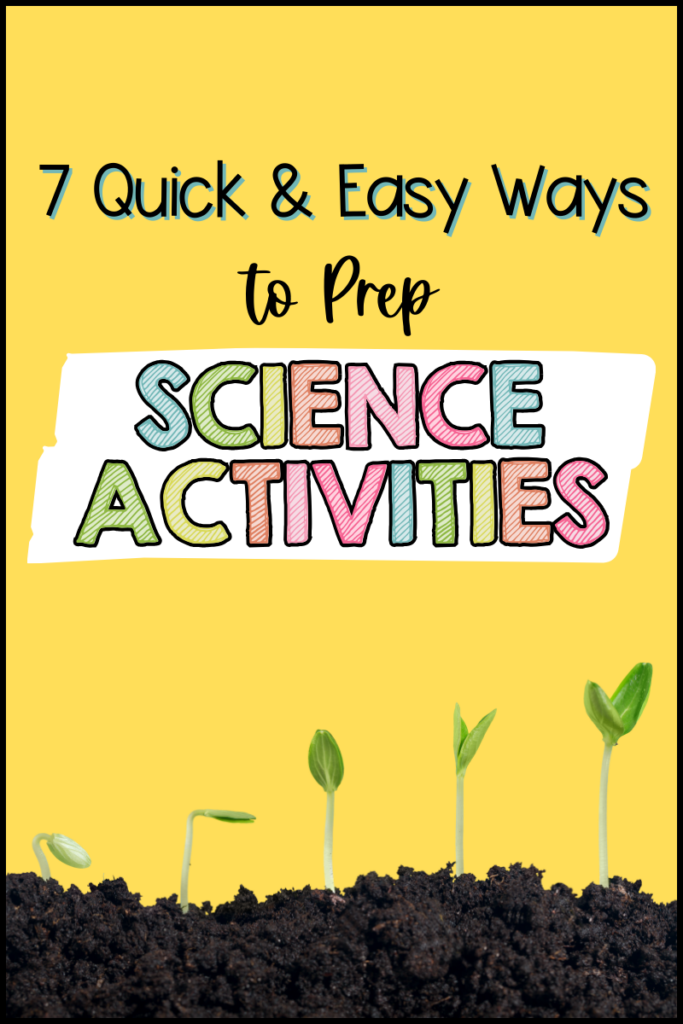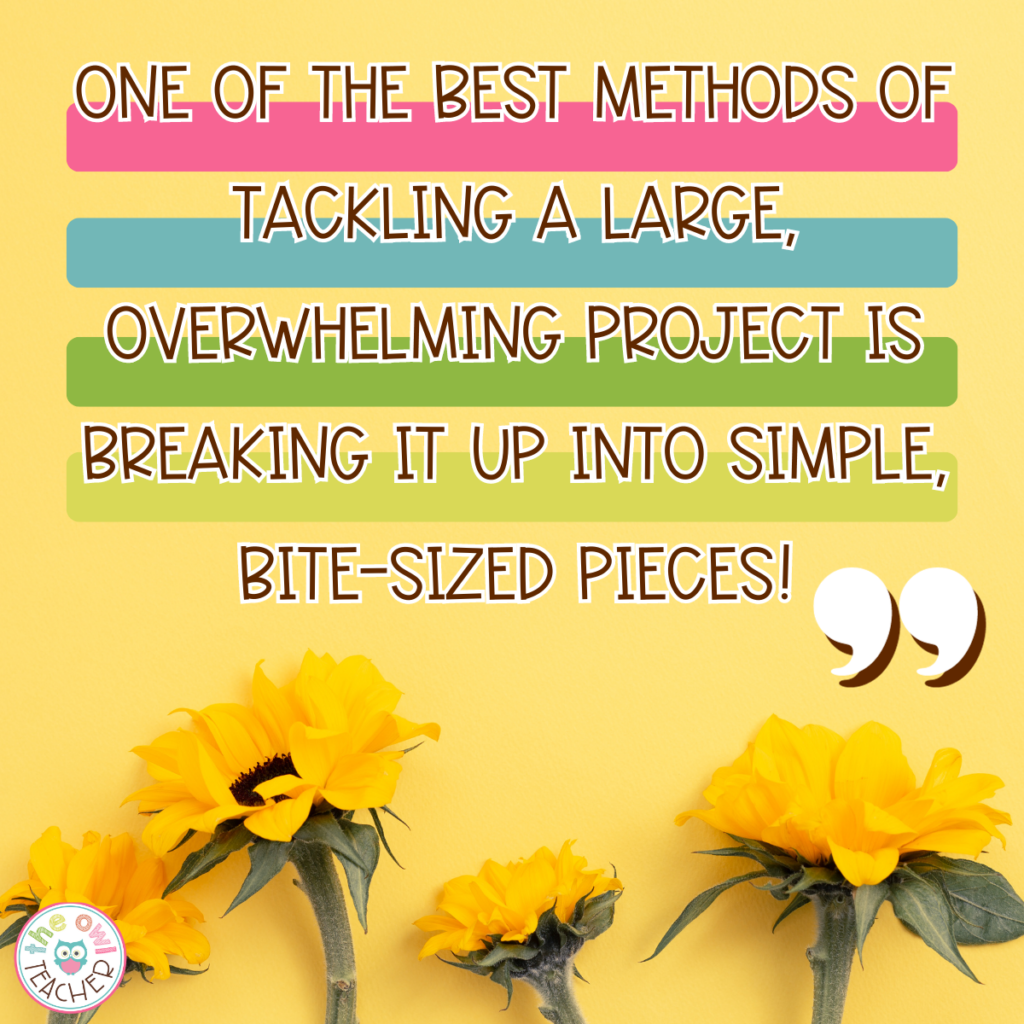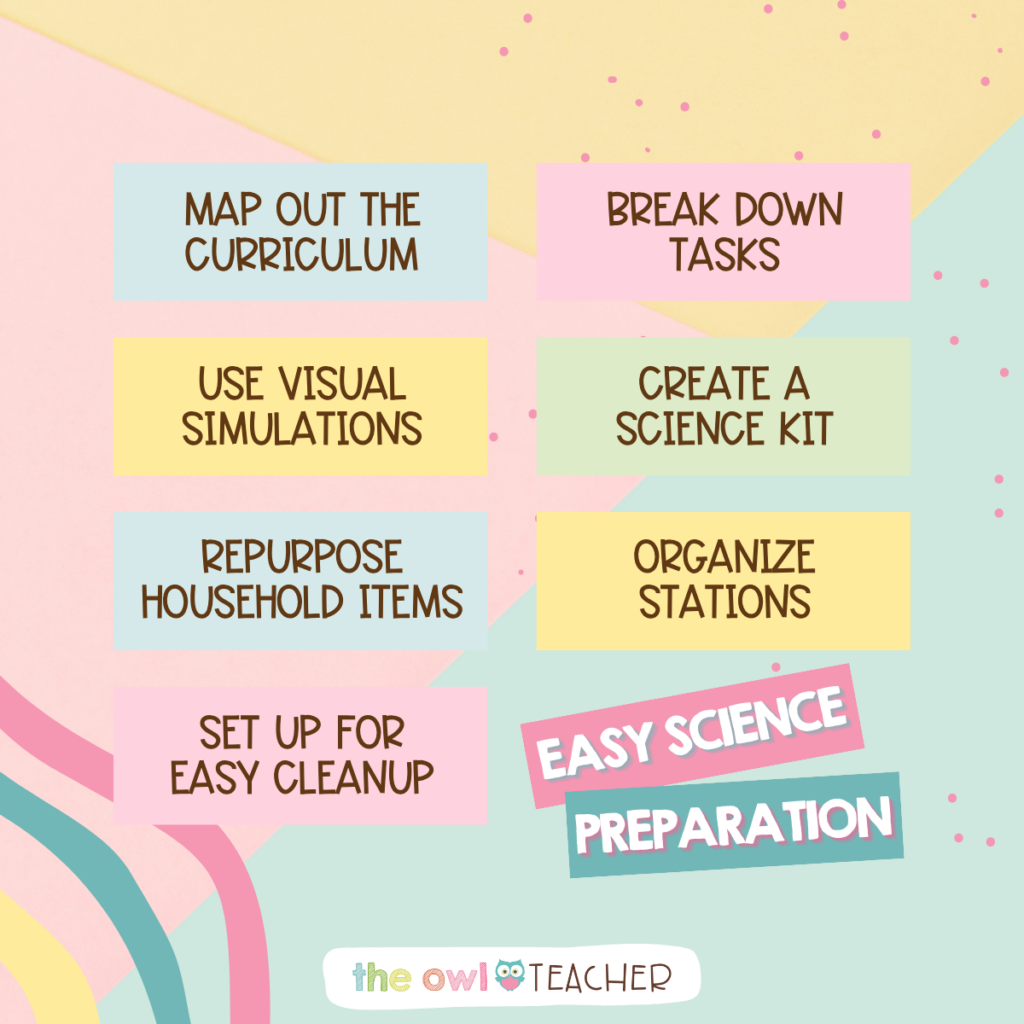I don’t need to tell you how valuable your time is as a teacher; chances are, you already feel the time-crunch pressure constantly. If you’re not spending time preparing for upcoming testing, then you’re spending time differentiating your lessons. It can even be hard to use your breaks as a break rather than as catch-up time. Trust me: I’ve been there.
When you’re already pressed for time, it can be stressful trying to make sure you’re thoroughly teaching every single science concept. Science activities can take up a ton of time, so they need to be worth it! One of the biggest challenges of optimizing your science block is finding the time to use these hands-on science experiments and labs.
Thankfully, I’ve been on a bit of a time-saving kick lately! From optimizing morning work time to creating an integrated curriculum, The Owl Teacher is on a mission to save you time. That’s why I’m here this week with seven quick and easy ways to prep your science activities to make sure your students get the best possible experience with their resources. Let’s check out these methods to help you plan, source materials, and implement your lessons!
Planning Hands-On Science Activities
Science is easily the most hands-on subject, and that’s a fact you should definitely be taking advantage of! There are hundreds of thousands of opportunities for hands-on learning, but to make the most of these science activities, it’s important to prepare ahead of time.
Properly implementing science activities begins with planning out high-quality science lessons. From understanding the curriculum and standards to presenting the activities to students, there’s lots of responsibility on your shoulders! Not to worry, however; we’ll take an in-depth look at each step to prep your science activities.
1. Map Out the Curriculum
Before you do ANYTHING else, your first goal should be to thoroughly understand the science curriculum for upper elementary levels. Obviously we all passed fourth grade science, but a refresher is always a great idea. This means breaking out your textbook and browsing the Next Generation Science Standards to plan science activities.
When you map out your curriculum in this way, you have a better idea of exactly what you’re looking for when browsing science activities on the world wide web or when you’re planning them solo. Use your curriculum map to choose relevant science experiments and demonstrations that align with your dedicated learning objectives.
2. Break Down the Tasks
Once your curriculum map is complete and your science activities have been chosen (or developed by you), it’s time to break down each science lab into smaller, manageable tasks. One of the best methods of tackling a large, overwhelming project is breaking it up into simple, bite-sized pieces!
Naturally, you have kiddos at every possible learning level in your classroom. By breaking down the tasks in your activity, you allow room for all-important differentiation and scaffolding. In addition, you can even assign roles in the science lab to different students, ensuring a collaborative and efficient (read: time-saving) setup.
3. Use Virtual Simulations
Not everything has to require expensive materials and extensive prep and planning! It’s important to be able to recognize when physical science labs may be too complex or time-consuming. Like I mentioned above, there are thousands of science activities available on the Internet, but not all of them are a good fit for your classroom. Some labs may be a week- or even month-long commitment. Do you have enough time?
Beyond that, there are a wealth of online resources at your disposal if you need an alternative. Here are some science activities you can try out with virtual simulations:
- PhET provides over 160 interactive science (and math!) simulations that promote learning through exploration and discovery.
- Gizmos offers over 450 STEM simulations for grades 3 and up!
- SimPop is designed by students themselves and offer several challenging simulations.
Prepping Materials for Science Activities
Even if you know a subject like the back of your hand and don’t need to waste any time searching for the pinnacle of science activities, you may still be bogged down by all the time needed to prepare the necessary materials. There are, however, a few steps you can take to cut down prep time!
1. Create a Science Kit
First, take the time to assemble a “science kit” with basic materials that are frequently used in science activities, labs, and experiments. This keeps everything easily accessible and in one place, and makes prep a breeze! Possible items for your science kit includes measuring cups, magnets, and thermometers.
If you have a repeatable science experiment that you do every year, consider adding those lab materials to your science kit as well! It may also help to search for science activities that use the materials in your science kit, since you know you’ll already have them on-hand and ready to go.
2. Repurpose Household Items
Good news: this step saves time and money! To help round out the materials needed for your science activities, ask parents and guardians to donate everyday items. For instance, use empty soda bottles to create model rockets, volcanoes, or water tornadoes. In addition, leverage basic rubber bands to explore potential and kinetic energy.
Chemicals don’t always need to be scary vials, either—household commodities such as baking soda and vinegar can be used to demonstrate chemical reactions. Of course, any time you’re using chemicals in a science lab, you should remind kiddos that they can’t just go mixing any chemicals they find in the house!
Bonus points for using recyclable materials, too, like plastic containers or aluminum cans. Not only is it healthier for the environment, but families won’t need to spend a dime while you get to save the time (and money) it would ordinarily take to collect and prepare materials.
Implementation and Cleanup
It’s time to examine everyone’s favorite and least favorite parts of science activities: the implementation… And the dreaded cleanup. Students are always on-board when it’s time for the fun parts, like making a balloon inflate on its own, but are suddenly much less excited about cleanup time! Thankfully, there are steps you can take to make both implementation and cleanup go smoothly for your science activities.
1. Organize Stations for Different Science Activities
Before your science block begins, set up stations for different science experiments and activities. Then, assign groups to each station for easy rotation and minimal transition time. It’s way too easy to waste valuable work time on transitions, so the less time you can spend stuck there, the better.
In addition, instead of having a ton of activities spread out all over the room, consider using only 2-3 different stations in order to keep prep time to a minimum but still retain all of the benefits of keeping your upper elementary students engaged.
2. Quick and Easy Cleanup
I absolutely cannot emphasize this step enough. You should NOT be doing all the cleanup after your science activities! Before you ever set up a single science lab or experiment, take the time to go over cleanup strategies and expectations. Assign roles for cleaning up ahead of time!
In addition, having appropriate storage containers and labels are a lifesaver for easy organization. Students always know exactly where everything goes, which holds kiddos accountable and builds community while simultaneously saving time on your end.
As a teacher, you’ve got to take extra time wherever you can get it. That means employing quick and easy methods to prep science activities so you can spend time on what really matters: the learning! The more time you spend covering a topic and allowing students to thoroughly explore a concept at their own pace, the better off your elementary kiddos will be in the long run.
Besides, it’s always nice to spend your break time as a break instead of rushing to set up science centers before your classroom gets back from lunch. Your time and energy is better spent on teaching your kiddos and engaging in discussions… And spending the necessary time to rest!
Do you have any other quick-prep tactics that you employ for your science block? Let us know in the comments!


